“In every walk with nature, we receive more than we seek” borrowed from the words of John Muir, the pioneer in the movement to protect the primates, Mary Jane Casanes, a New Zealand tourist, opened her notebook with these lines when talking about her five-day journey to explore the northernmost land of Vietnam. She respectfully named the new things that were discovered, the interesting things that were experienced and the attractiveness in the cultural identity as: Touching Ha Giang …
Meet on top of Ma Pi Leng
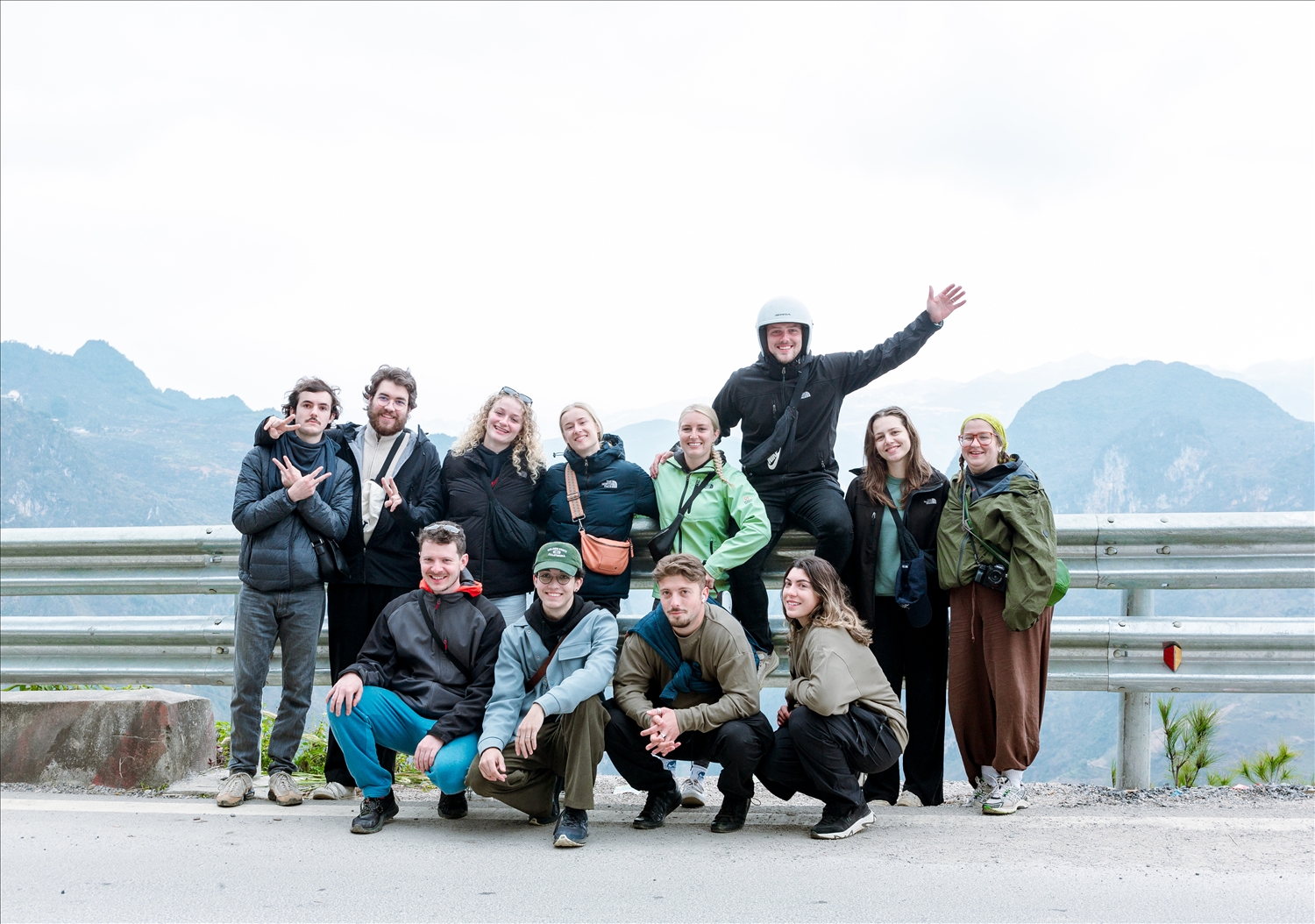
At the end of February, when the wind had cooled down and the sun was shining brightly, I went to Ha Giang to wait and watch the season of the “red fire” of the magnolia flowers on the rocky slopes. On the third day of the trip, on the top of Ma Pi Leng, at the Meo Vac Visitor Center, a group of foreign tourists, after carefully reading each line on the introduction board with their fingertips, burst into tears of joy and hugged each other, making the onlookers extremely excited! That was Mary Jane Casanes, and her group of friends (all from New Zealand), on a journey to explore the northernmost land.
Those tourists from the middle of the Pacific Ocean were extremely excited when they successfully conquered Ma Pi Leng Pass, the coordinates that travelers call “Vietnam’s most majestic pass”… by motorbike and saw the green Nho Que River stretching through Tu San Gorge.
Mary Jane Casanes is currently a student of Social Sciences and Communication at the University of Auckland. Before the new school year started in early March, she and her group of friends were attracted to Ha Giang. Mary revealed that in New Zealand, Ha Giang is on the "must-do" list when visiting Vietnam.
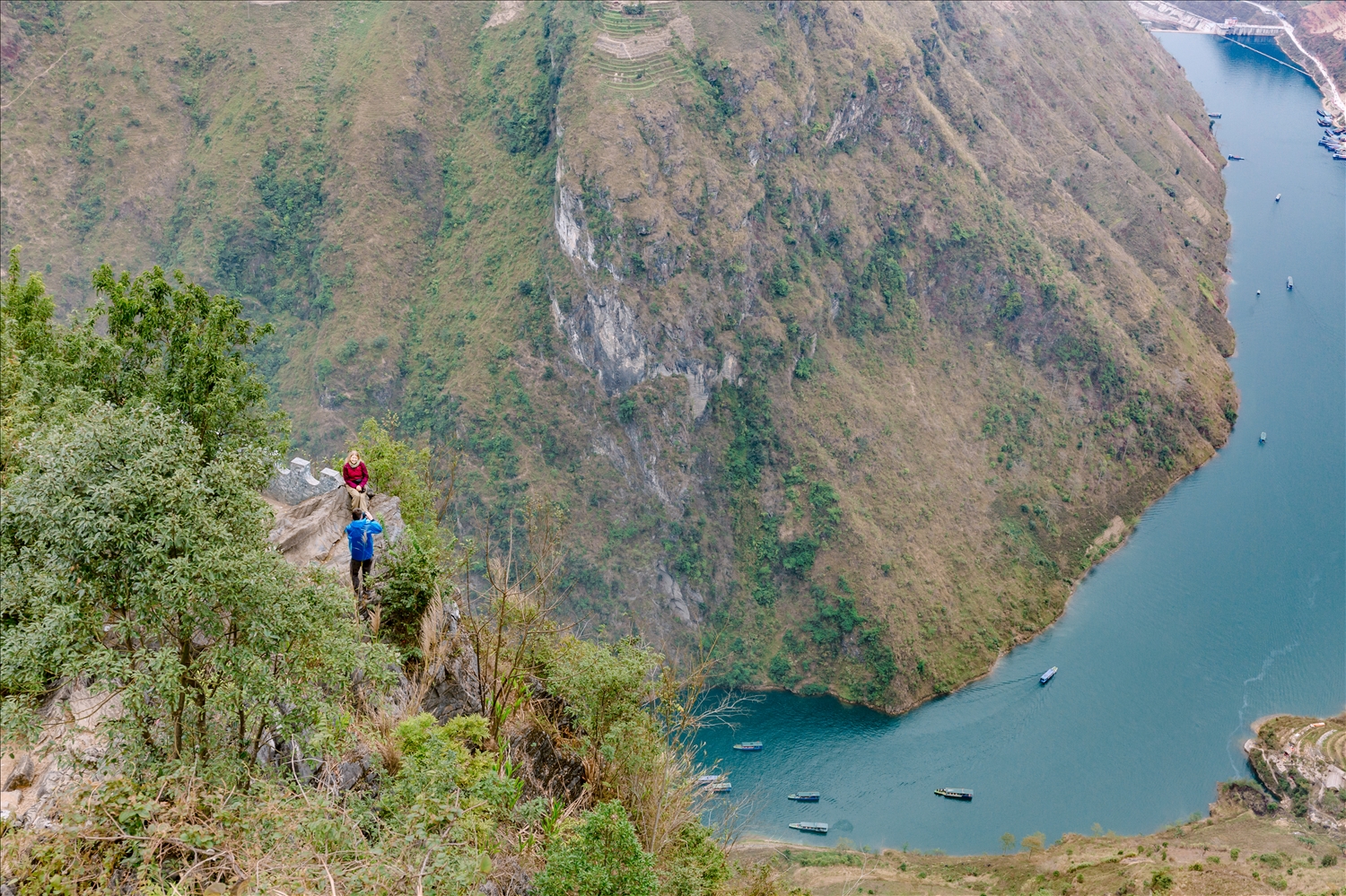
Answering my question about the image of Vietnam and its people in the land of kiwis, Mary recounted that in The New Zealand Herald, journalist Nigel Richardson praised Vietnam's rich ethnic mix, considering it one of the most culturally diverse countries in Southeast Asia. Everything changes dramatically from the northern mountainous provinces such as Lao Cai, Ha Giang to Phu Quoc Island, Kien Giang, with the culture of ethnic minorities.
The newspaper wrote that in Ha Long, tourists can explore nature on luxury cruises, enjoy high-class service and food. Hoi An is a miniature Venice, a romantic getaway with timeless beauty. Cat Tien National Park is a unique experience to see the beauty of tropical forests and wild animals. Ho Chi Minh City is a "bustling, crazy, chaotic, and relentless" place suitable for those who want to experience a modern Vietnam. And to understand Vietnam, you must definitely go to Hanoi... The New Zealand Herald also affirmed that Vietnam is a place that inspires international tourism!
“Falling in love” with the panpipe in the middle of the Pacific Ocean
Through Mary, I found something special about New Zealand's education system that I think should be mentioned for readers to understand better, which is that the school will always encourage students to have journeys to discover new things, and here experiential travel can also be understood as a way of learning.
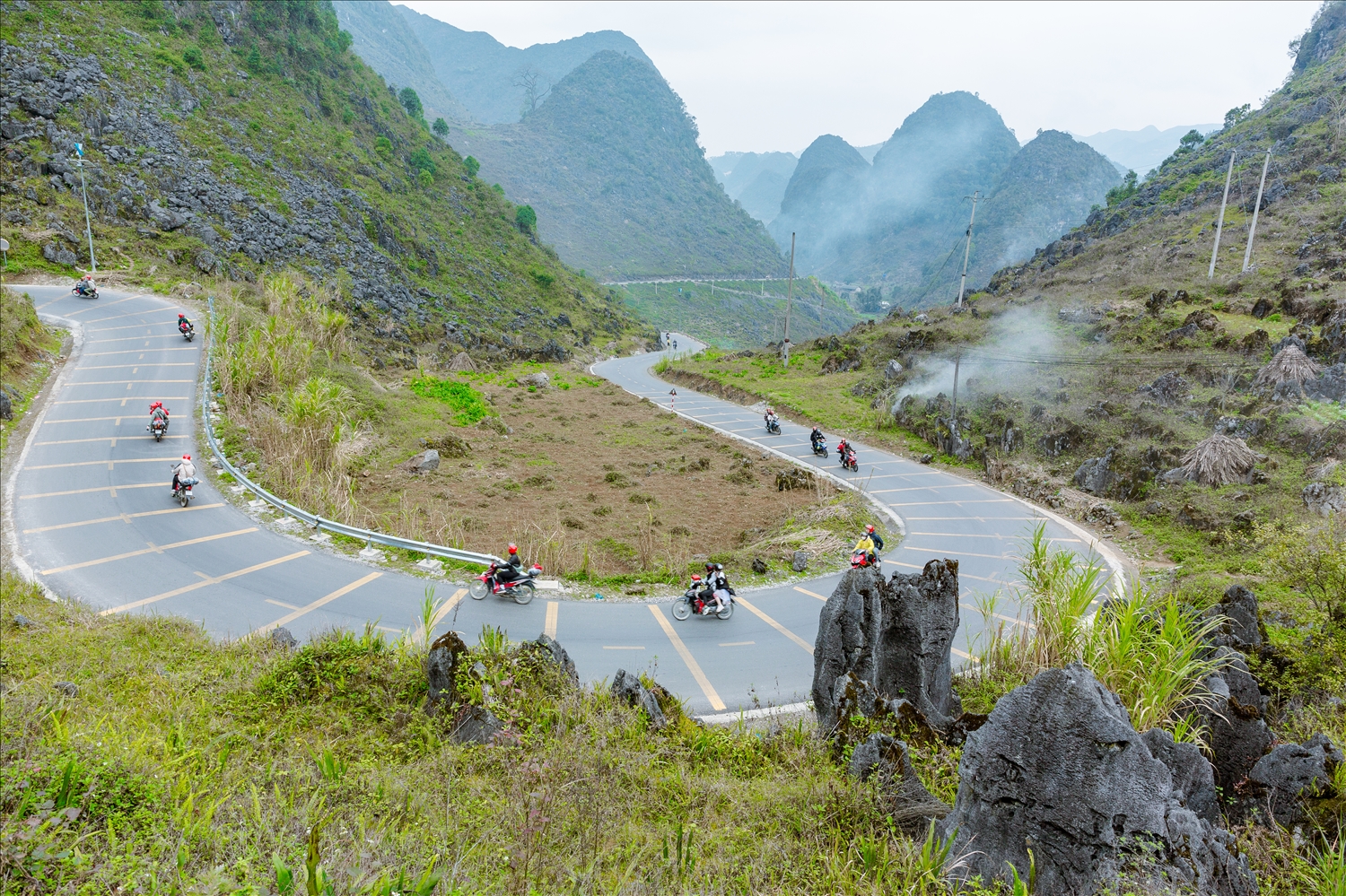
In our conversation, Mary said that when we travel, we look at new lands with wide open eyes, full of the eager observation of an adventurer, so we always learn a lot. In fact, in a familiar environment, our eyes are covered by an invisible curtain, unable to see the new things around us. If we are sure that we can maintain the traveler's gaze in the middle of our homeland, we don't need to go far to learn new things. Unfortunately, people can't always do that!
At the University of Auckland, when studying Social Sciences and Communication, students will definitely learn about the culture, customs, history, especially the national characteristics of Southeast Asian countries, including Vietnam.
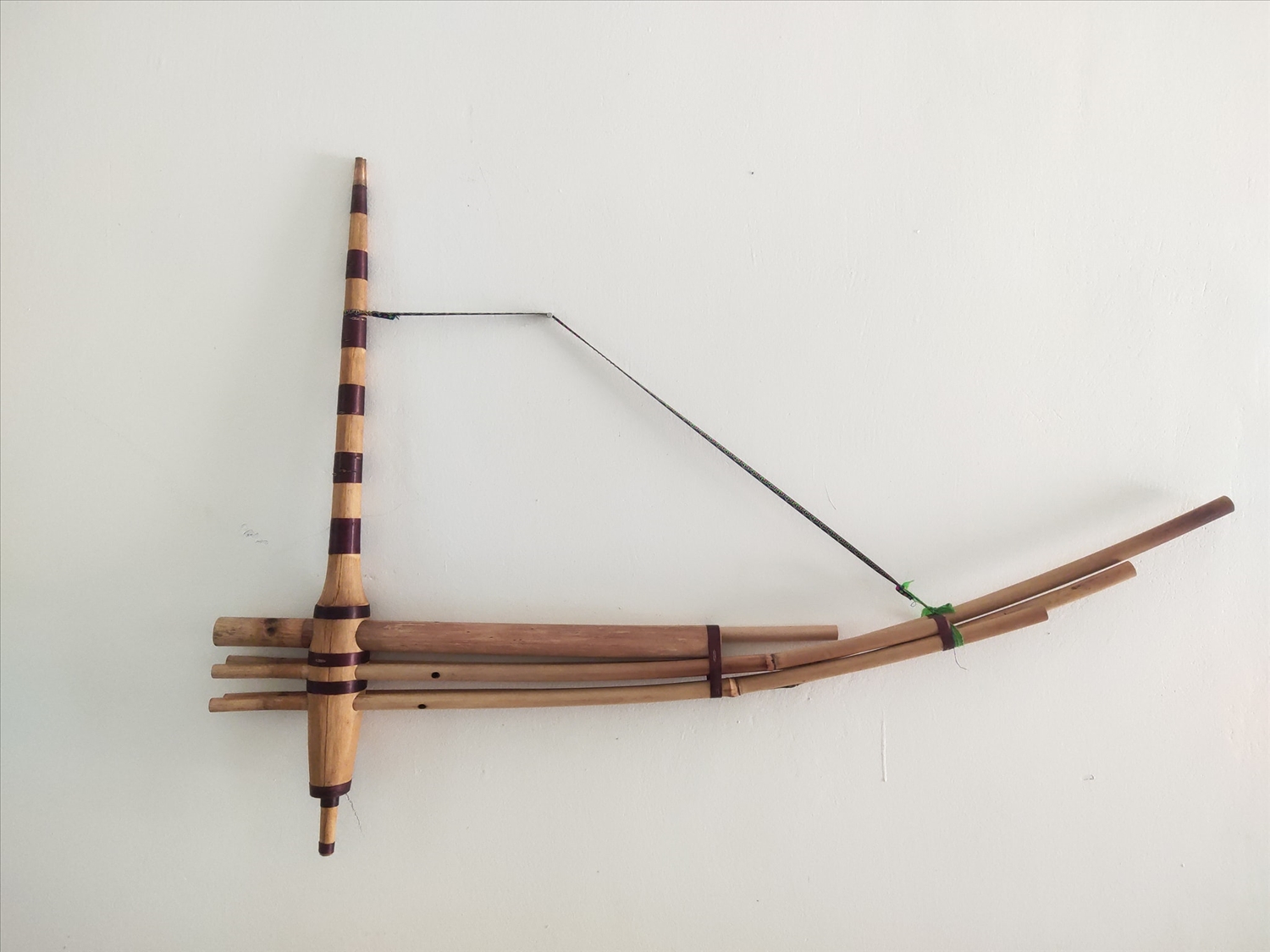
The New Zealand female tourist excitedly shared: The Vietnamese community in New Zealand has about 10,000 people, concentrated in the capital Wellington, Christchurch City and Auckland City. In addition to what she learned about Vietnam at university, Mary also watched Vietnamese people perform khen through documentary films recorded in Ha Giang, during Vietnamese community activities. The sound of the Hmong khen resounding in the land of the southwest Pacific Ocean, nearly 10,000 kilometers from Vietnam, made Mary very impressed!
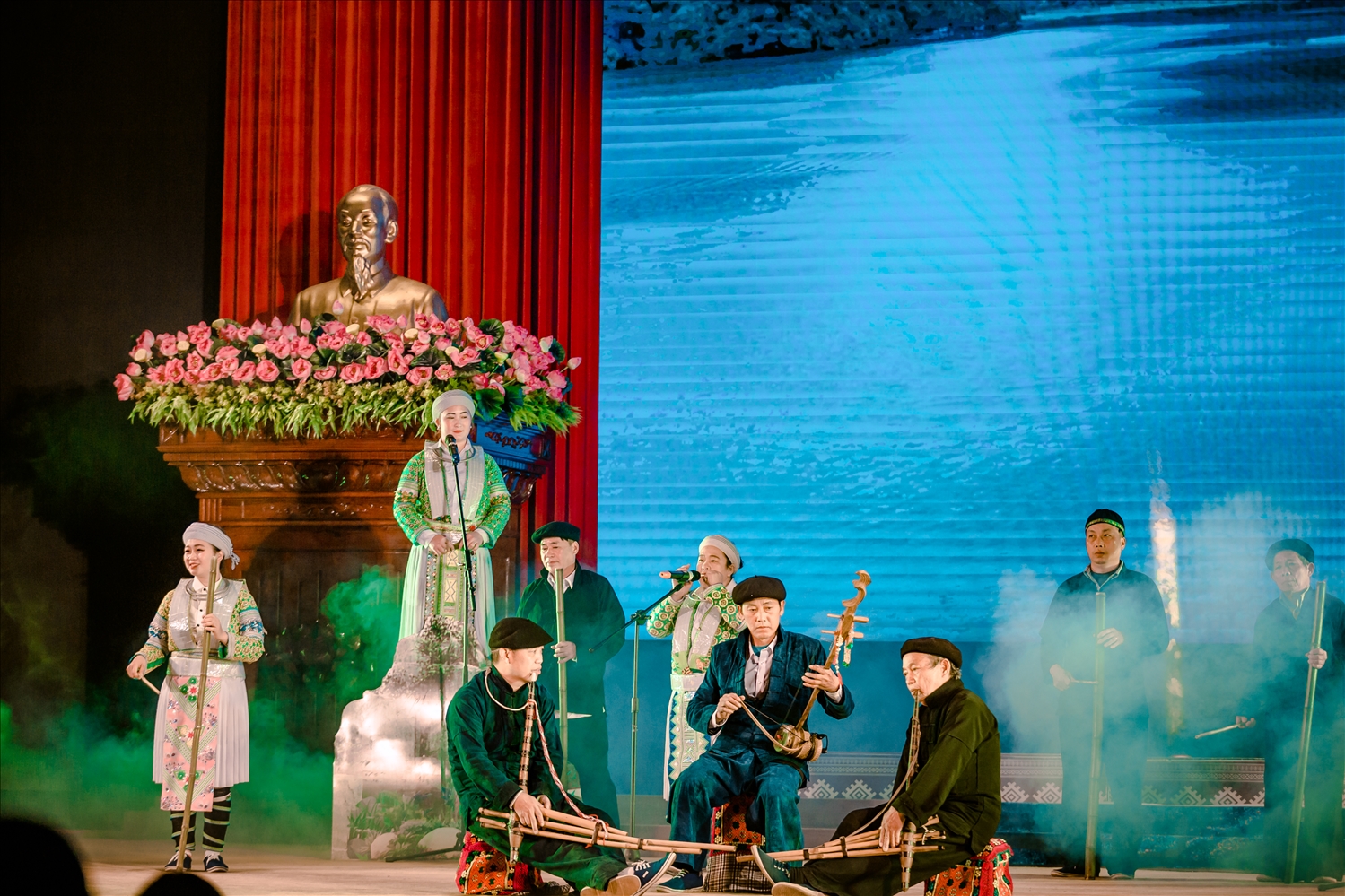
When playing the Khen, the man seems to blend with the instrument, each step gracefully rotating in each circle. The Khen looks high up to the sky, the person stretches, the body bends softly. The Khen is close to the ground, the person bends down to hug the Khen and rolls back and forth. It is truly captivating!
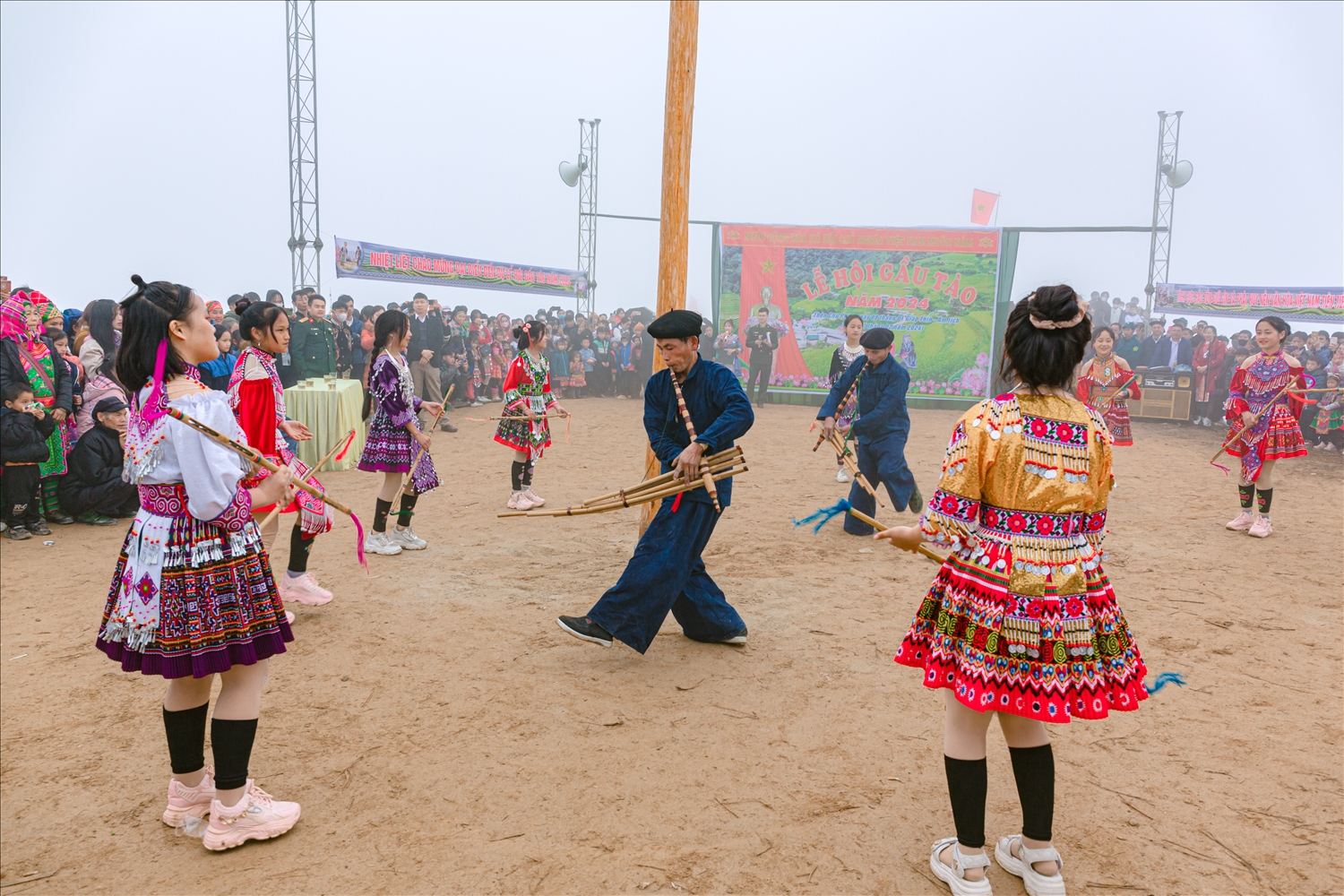
And when we dig deeper, we see that the Khen is present in almost every aspect of the daily life, culture and spirituality of the Mong people. It is a unique musical instrument, not only because of its popularity but also because it is both a musical instrument and a prop. The Khen is a sacred musical instrument that connects the earthly world and the spiritual world, used to perform at funerals but also a means of connecting the community, sharing thoughts and feelings, helping cultural subjects to sublimate with an optimistic spirit. Even the structure and manufacturing process of this musical instrument are very unique. Of course, we will not be able to find this type of musical instrument in other countries in the Southeast Asian region.
So was it the sound of the panpipe that attracted Mary to Ha Giang? I asked.
Yes! Mary replied. Source


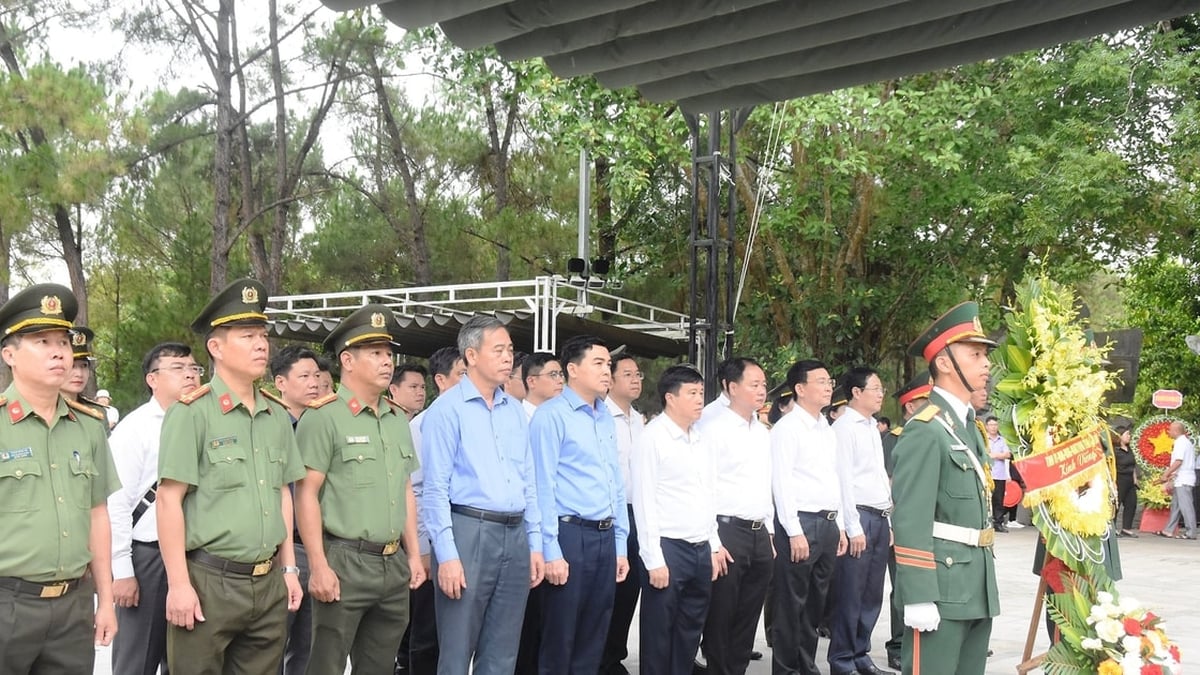
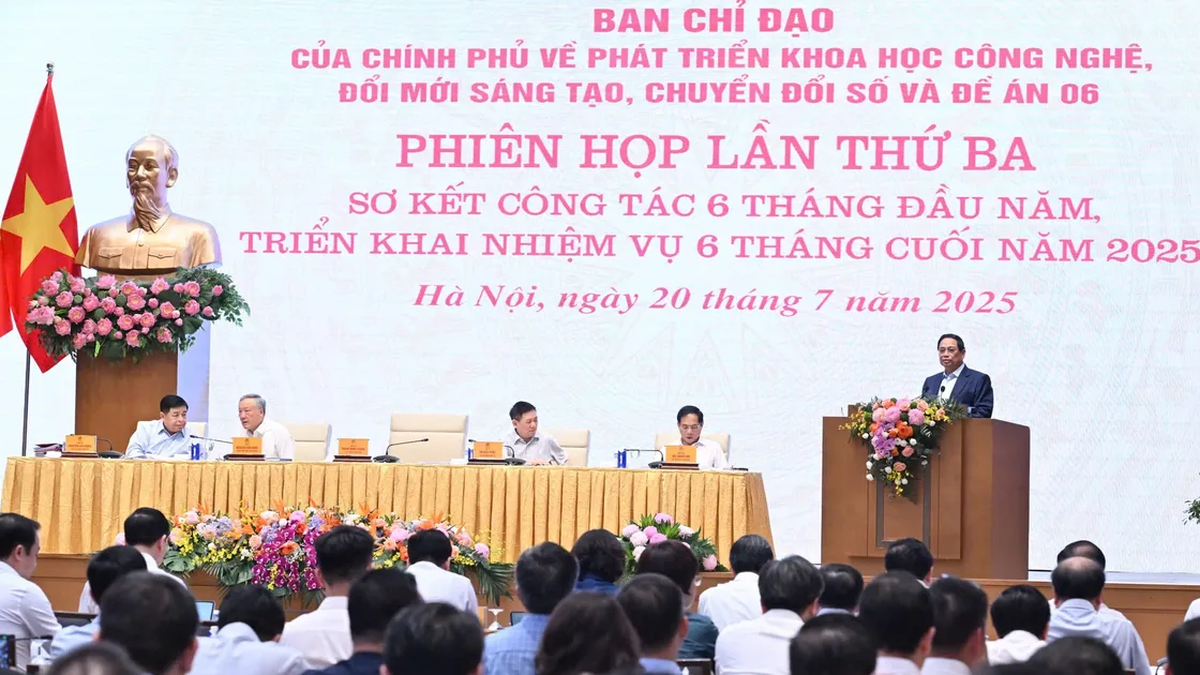




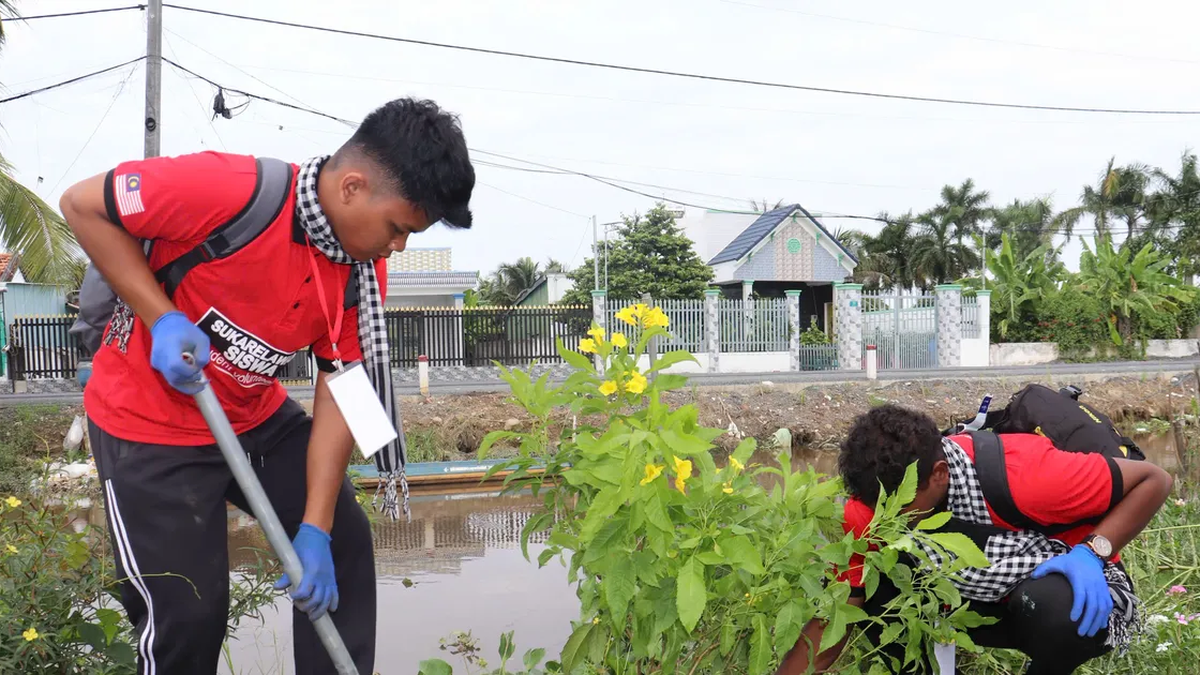
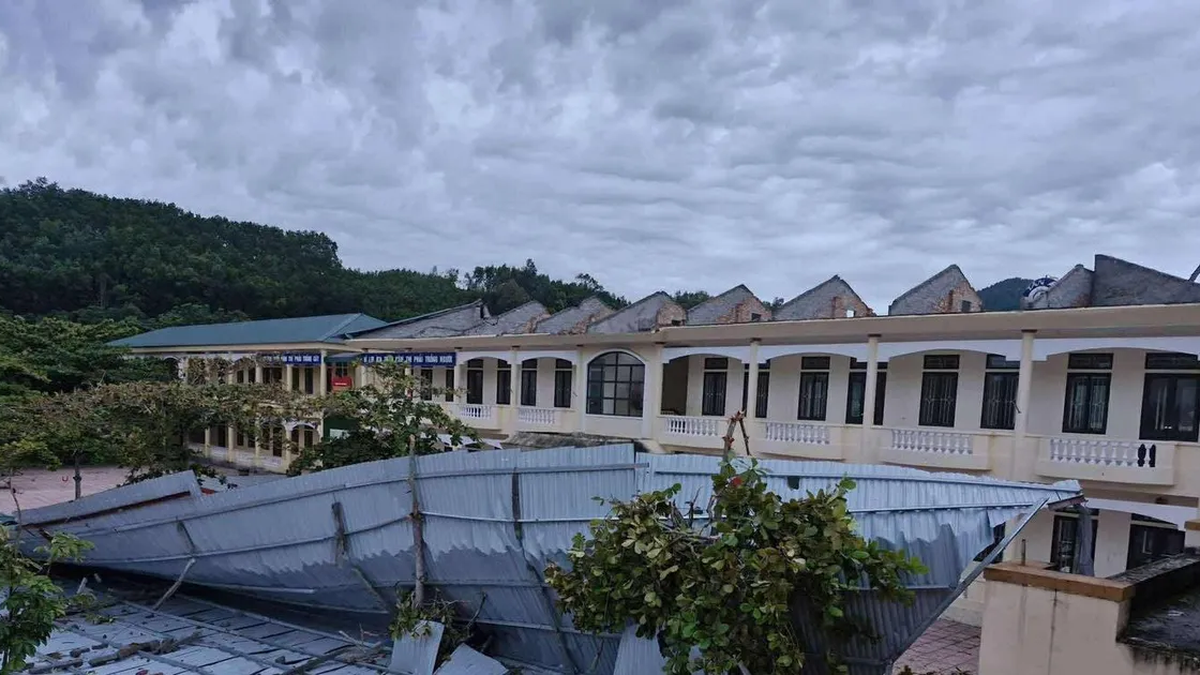

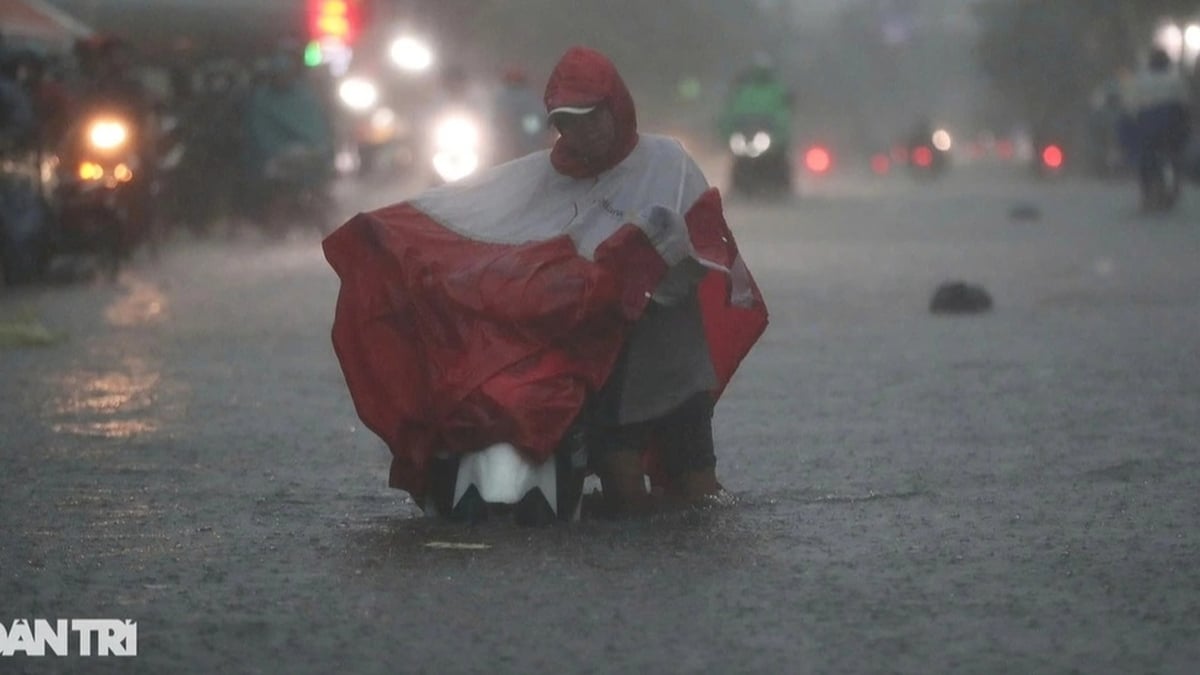











![[Photo] National Assembly Chairman Tran Thanh Man visits Vietnamese Heroic Mother Ta Thi Tran](https://vphoto.vietnam.vn/thumb/1200x675/vietnam/resource/IMAGE/2025/7/20/765c0bd057dd44ad83ab89fe0255b783)








































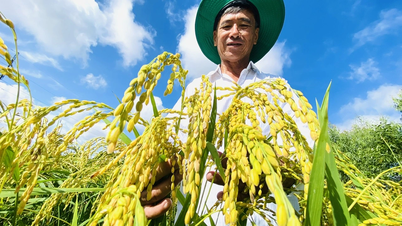
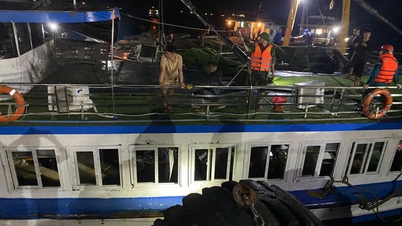
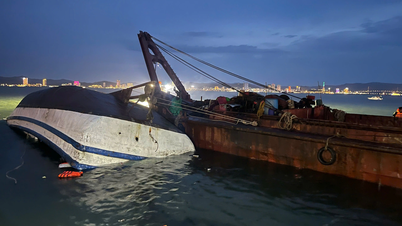

































Comment (0)